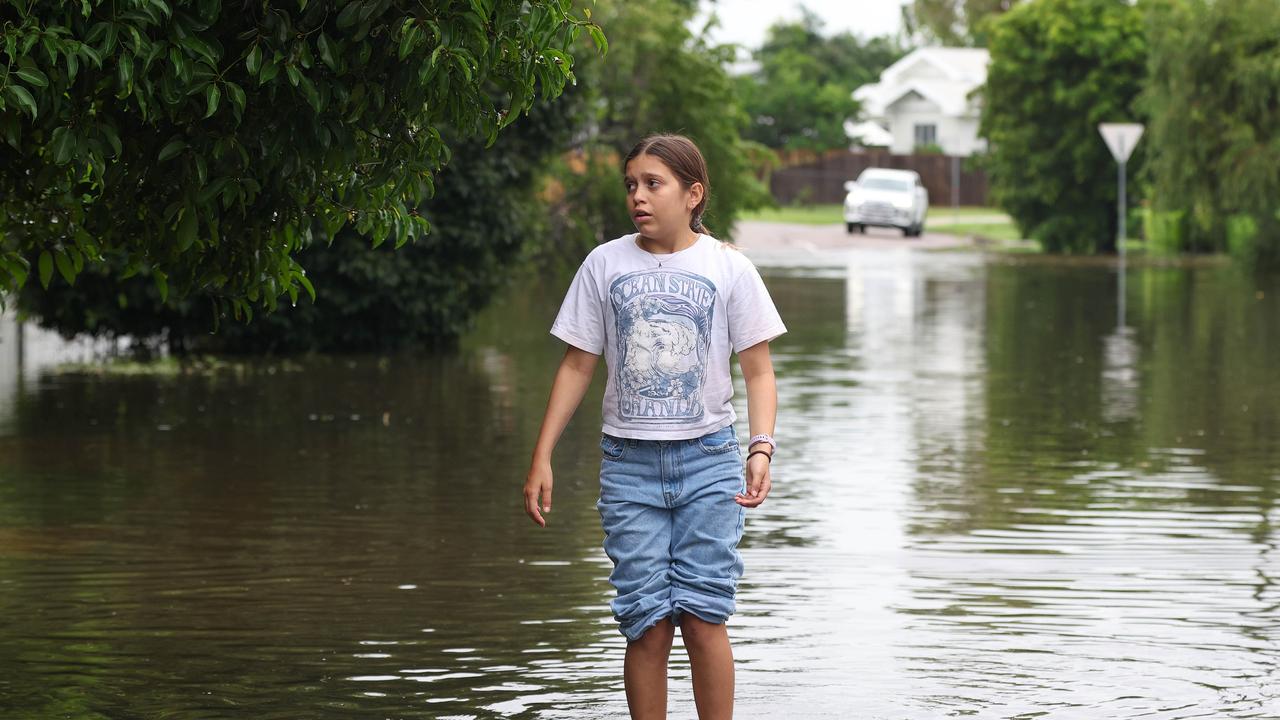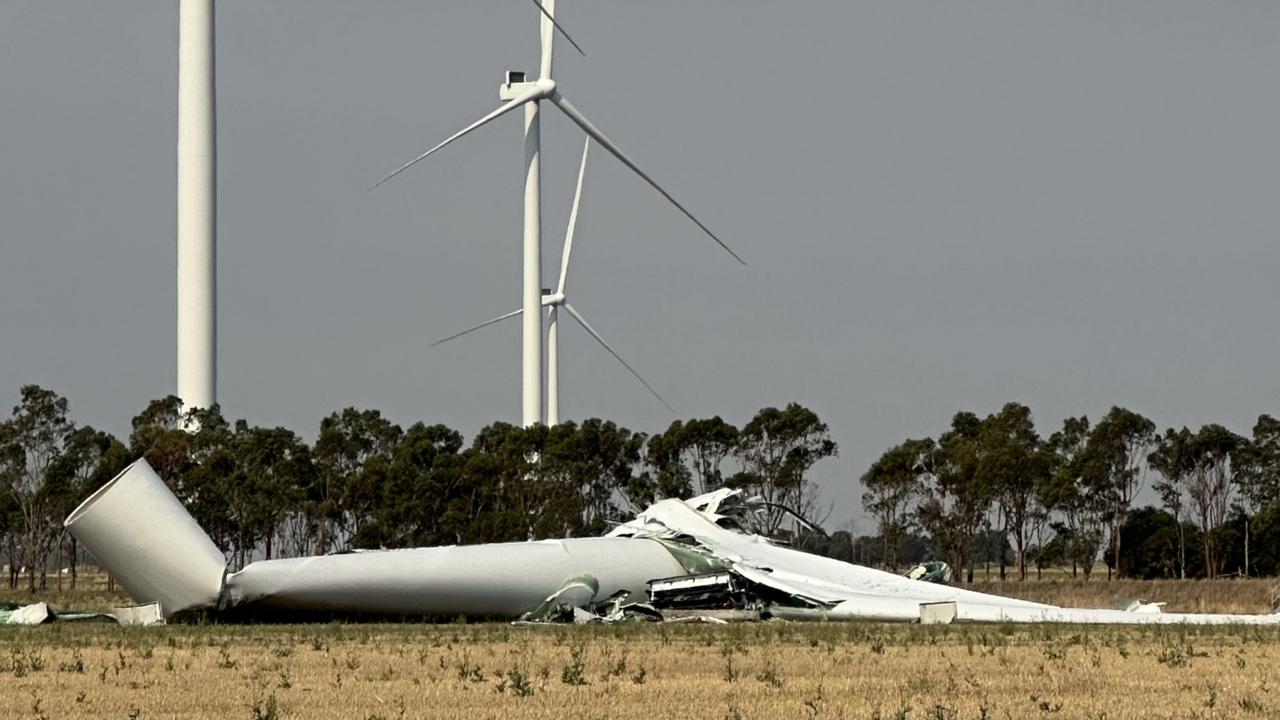Ominous sign for Aussie supermarkets as global crisis deepens
A global crisis looks set to grip the Australian summer as forces conspire and the frontline will be in our supermarkets.
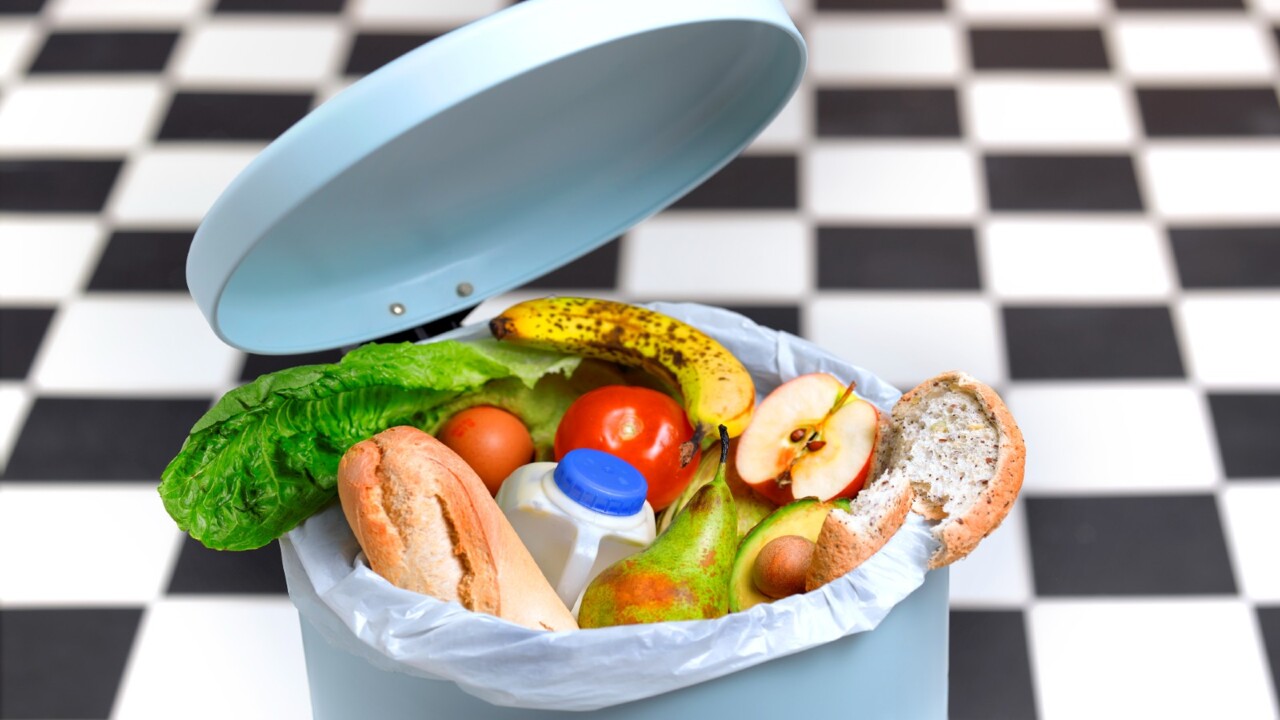
Climate Change
Don't miss out on the headlines from Climate Change. Followed categories will be added to My News.
Is the price of potatoes still burning a hole in your pocket? Are staples like bread and milk eating into your budget? Prepare to eat cake: relentless weather extremes worldwide threaten a basket load of basic foods.
Turbulent rains and drought are hammering crops in many parts of the world.
That reduces supply. It drives up costs. And, ultimately, someone is left hungry.
The world’s most populous nations are already seeing the impact of the hottest year on record on their grocery shelves. India has slashed its rice exports while China seeks extra imports to compensate for its shortfalls.
But many of the world’s other major producers are struggling with their own problems.
And supercharged jet streams threaten to make this a ‘new normal’.
“New evidence suggests climate-related changes to fast-flowing winds in the upper atmosphere could trigger simultaneous extreme weather events in multiple locations, with serious implications for global food security,” Adelaide academic Douglas Bardsley warned earlier this year.
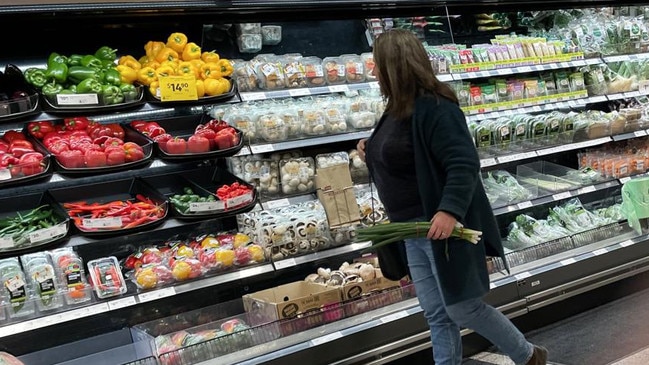
That appears to be happening.
Potatoes. Onions. Tomatoes. Alongside rice, production of these key ingredients has been hurt across the northern hemisphere.
And, just as Australia producing far more natural gas than it needs didn’t save it from exploding international prices last year, global events will likely affect what’s happening to our supermarket shelves. And our producers.
“Australia’s food systems currently support an estimated 70 million people across the nation and through our export markets, so it’s critical those systems are robust enough to meet future needs,” says CSIRO’s Executive Director of Future Industries, Kirsten Rose.
Land of plenty? It’s complicated
“Australia is considered self-sufficient and one of the most food secure countries globally in a region where a majority of nations are actually net food importers,” says Asia Society Policy Institute researcher Genevieve Donnellon-May.
“Notably, Singapore, which has limited natural resources, imports more than 90 per cent of its food, making it vulnerable to export bans and global food price fluctuations.”
But Australian supermarket shelves are filled with imported foodstuffs.
We export the raw fish that gets filleted, packaged, snap-frozen – and imported back.
It’s a similar story for staples such as breakfast cereals, processed fruit and vegetables, syrups, confectionary, cooking oils and fats, and even bakery products.
With a growing trend of nations – such as India and China – imposing export bans to protect their own supplies, Australia isn’t likely to starve. But it may be forced to return to a meat and three veg menu.
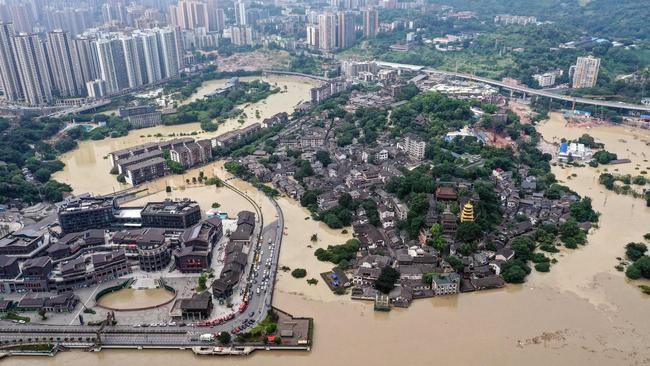
The Australian Security Leaders Climate Group recently reported the country only has about five days of perishable food goods in its supply network at any one time.
That’s to be expected. They are perishable, after all.
But the think-tank warns Australia’s wheat, beef, dairy and sugar output faces production falls of up to 20 per cent by 2050 thanks to our increasingly extreme weather.
The overall increase in Australia’s food basket over the 2022-23 financial year was 7.5 per cent, reports the Australian Bureau of Statistics. Among the worst affected were dairy, bread and cereals.
India: On the brink
Global financial services group HSBC Holdings PLC has issued an ominous warning: “Go easy on the curry”.
It’s a sign of a crisis currently gripping India.
The world’s second most populous nation has just experienced its driest August in more than a century. The monsoonal rains have arrived much later – and weaker – than usual.
The result: a food-price spike of more than 11 per cent.
Tomato prices have been high all year. But onions are now scarce. And the core ingredient of the national staple dal, pulses, is 20 per cent more expensive now than last year.
With its rice crops also struggling, New Delhi has ordered a stop to a significant portion of its exports. In July, it banned the export of all varieties except basmati to “ensure adequate availability” and “allay the rise in prices in the domestic market”. This year’s monsoonal rains arrived later than usual. Before that, extreme heatwaves killed crops and drove farmers out of their fields.
And it’s an election year for the Modi government in New Delhi.
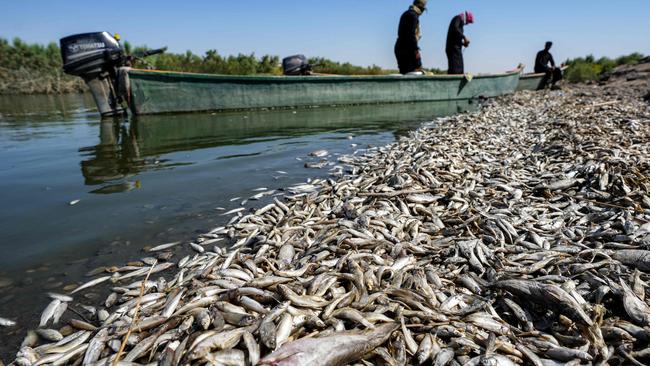
Agriculture think-tank Gro Intelligence warns the move risks triggering soaring global prices and “exacerbating food insecurity” in nations dependent on imports.
Major markets – including Africa, Saudi Arabia, Malaysia, Indonesia, the Philippines, and China – must seek supplies elsewhere.
And that’s why rice prices recently hit their highest point in 12 years.
Along with floods and drought in China and Thailand, fears are growing over the stability of the supply of this critical food source. In response, the United Arab Emirates also suspended rice exports to ensure a supply for its own population.
“Unfortunately, the global food system is not resilient to shocks at the moment,” Bardsley warned. “Only a few countries such as Australia, the US, Canada, Russia and those in the European Union produce large food surpluses for international trade. Many other countries are dependent on imports for food security.”
Rice: It’s more than nice
The implications of global food security must have been a part of an Office of National Intelligence (ONI) report commissioned by the Federal Labor Government this year to examine the rapidly emerging impacts of climate change. But Prime Minister Anthony Albanese is refusing to release its findings.
The turmoil facing the world’s rice supply, however, is already in the public domain.
Australia exports rice to the Middle East and Asia. Most of it is grown in irrigated farms along New South Wales Murray and Murrumbidgee Valleys. And this is at the heart of the never-ending spat between States over water allocations for downstream drinking, agricultural and environmental supplies.
While Australia’s rice growers hope for a good year for production and prices, next year may be different. El Nino, and its associated dry weather in southeast Australia, has officially returned.
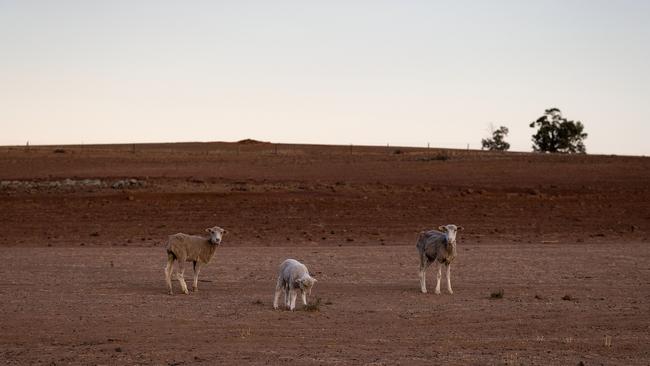
These troubles are nothing like those being experienced by China. The world’s largest rice grower has had to contend with both drought and flood this year. And its crops have been in slow but steady decline over the past decade thanks mainly to weather-related events.
In recent months, provinces producing 25 per cent of China’s rice output have been lashed by unusual but devastating sudden downpours.
That’s forced Beijing to approve increased imports of wheat and soy. And that’s on top of it already becoming the world’s largest rice importer last year.
Similar shortages are being felt across Asia. If not directly from the weather, it’s because of fertiliser shortages (thanks to export bans from China and Russia) and unaffordable prices.
Some analysts fear Vietnam may soon follow India and the UAE in restricting rice exports to reduce panic buying among its own citizens.
Can Australia help?
“The country’s rice production has varied in recent years but is estimated to rise by 26 per cent to 656,000 tonnes in 2023-24, presenting Australia with an opportunity to modestly boost supply in the region at a time of need,” says Donnellon-May. “However, sustaining such a contribution will depend on a number of factors, including climate variability and future investment in the industry.”
Food: A matter of national security
Earlier this year, a parliamentary inquiry in Canberra heard from many of Australia’s major food-producing organisations after a spate of recent price and supply shocks.
“In the last 12 months, we have seen floods wipe out key supply chains and crops, resulting in us paying $11 for lettuce. So while we will have enough food, getting that to people is difficult,” said Fiona Davis of Farmers for Climate Action.
After decades of warnings, Australia is now experiencing the reality of unbalanced weather systems.
“Climate shocks, conflicts, and competition for natural resources will continue to exacerbate food inflation and damage agricultural production,” adds Donnellon-May. “As food security is inherently part of national security, such situations exacerbate competition for food supplies and could worsen existing socio-economic and political tensions across the region. Yet, amid an increasingly fractured geopolitical environment, opportunities to prioritise co-operation over conflict still remain. Australia, as a regional leader, is well positioned to help.”
Now the CSIRO has issued a study calling for immediate action to strengthen Australia’s food supply chains.
“Recent climate extremes, the Covid-19 pandemic, and geopolitical uncertainties show that we need to prepare our food systems for a shifting risk landscape in our interdependent world,” says CSIRO Director of Agriculture and Food Dr Michael Robertson. “Addressing these challenges and redirecting our food systems towards greater sustainability and resilience will help us protect our food security into the future.”
Originally published as Ominous sign for Aussie supermarkets as global crisis deepens




